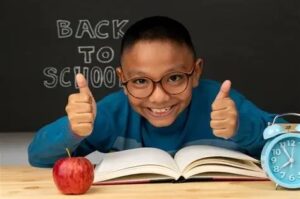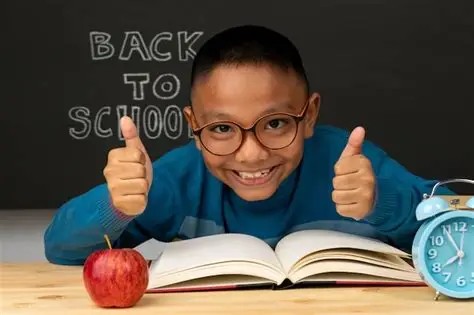 As kids head back to school with sharpened pencils and fresh sneakers, there’s one thing that might not be on your checklist—but should be: their vision.
As kids head back to school with sharpened pencils and fresh sneakers, there’s one thing that might not be on your checklist—but should be: their vision.
At Prevent Blindness North Carolina, we know that healthy eyes do more than help kids see the board. Vision plays a huge role in how children learn, move, socialize, and feel about themselves. And yet, many vision problems go unnoticed—especially in school-age children who may not know how to describe what they’re experiencing.
Vision and Learning: More Connected Than You Think
Think of vision as the brain’s co-pilot. It helps kids:
- Copy notes from the board
- Stay focused during lessons
- Navigate playgrounds and sports fields
- Build confidence in and out of the classroom
When vision isn’t working well, kids might seem distracted, clumsy, or uninterested in reading—not because they don’t care, but because they’re struggling to see clearly.
Why Screenings Matter—And What Happens Next
Our School-Age Vision Screening Training Program equips schools with the tools to catch potential vision issues early. Screenings are quick, simple, and effective at identifying kids who may need a closer look.
But here’s the key: a screening is not a diagnosis. It’s a flag that says, “Let’s check this out further.” That’s where comprehensive eye exams come in. These exams dive deeper to uncover issues like:
- Nearsightedness or farsightedness
- Astigmatism
- Lazy eye (amblyopia)
- Eye health conditions
Early detection means early support—and that can change a child’s entire school experience.
Let’s Bust a Few Myths
Myth 1: “My child would tell me if they couldn’t see.”
Truth: Many kids assume everyone sees the way they do. They may not realize there’s a problem.
Myth 2: “They passed a screening last year, so they’re fine.”
Truth: Vision can change quickly, especially during growth spurts. Annual checks are important.
Myth 3: “Vision problems only affect reading.”
Truth: Vision affects everything from attention span to coordination to self-esteem.

